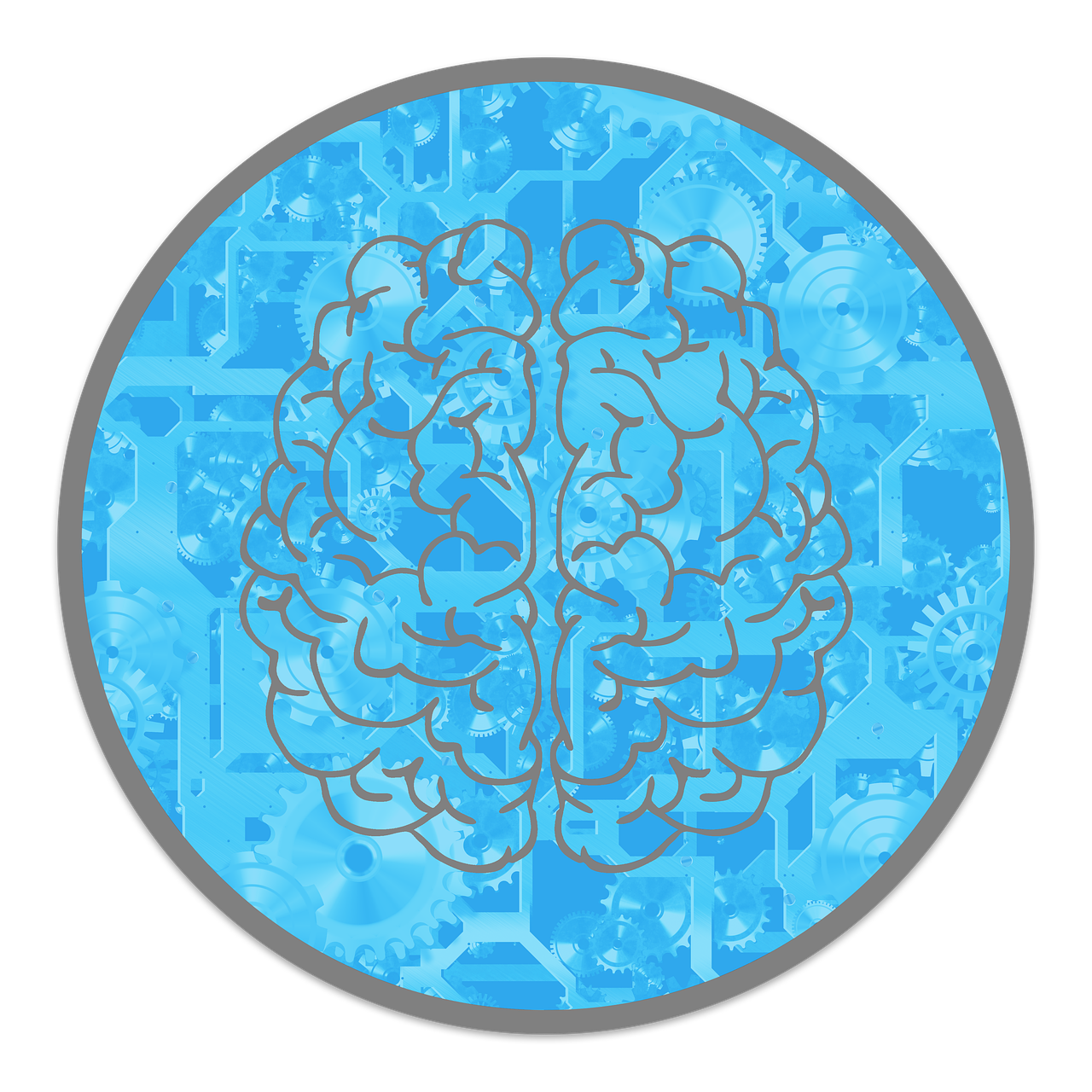
Alzheimer’s disease, a devastating neurodegenerative condition, affects millions of people worldwide.
As the leading cause of dementia, it gradually robs individuals of their memory, cognitive function, and ability to perform daily activities.
Despite extensive research, the exact mechanisms behind Alzheimer’s remain elusive.
This is where brain mapping comes in—a cutting-edge technique revolutionizing our understanding and treatment of Alzheimer’s.
In this post, we’ll explore the role of brain mapping in Alzheimer’s disease, key findings from recent research, applications in clinical settings, and future directions.
The Role of Brain Mapping in Alzheimer’s Disease
Brain mapping involves using various imaging technologies to visualize and understand the structure, function, and connectivity of the brain.
For Alzheimer’s, brain mapping provides crucial insights into how the disease affects different brain regions.
By comparing the brains of Alzheimer’s patients with those of healthy individuals, researchers can identify specific areas of atrophy, abnormal activity, and disrupted connections.
One of the most commonly used brain mapping techniques is magnetic resonance imaging (MRI).
MRI scans can reveal structural changes in the brain, such as shrinkage in the hippocampus, which is crucial for memory formation.
Functional MRI (fMRI), on the other hand, measures brain activity by detecting changes in blood flow, helping researchers understand how brain function deteriorates in Alzheimer’s patients.
- Read also: Brain Mapping for Stroke: A Way for Diagnosis and Treatment
- Read also: Beyond the Scan: Brain Mapping for Epilepsy Patients

Key Findings from Recent Research
Recent studies using brain mapping techniques have led to important discoveries about Alzheimer’s disease.
Here are some of the most notable findings:
Amyloid Plaques and Tau Tangles
Scientists have used brain mapping to confirm the presence of amyloid plaques and tau tangles in the brains of individuals with Alzheimer’s disease.
These are two major features of the disease. Using positron emission tomography (PET) scans, researchers can see these abnormal protein deposits in the brain while the person is still alive.
This provides a clearer understanding of how the disease progresses.
Early detection
Brain mapping techniques, such as PET scans and magnetic resonance imaging (MRI), have made it possible to detect changes in the brain related to Alzheimer’s long before any symptoms appear.
This early detection is crucial because it allows for the development of treatments that can slow down or even stop the progression of the disease.
Connectivity disruptions
Advanced brain mapping has shown that Alzheimer’s disease causes disruptions in the brain’s connectivity network.
This means that communication between different parts of the brain breaks down.
As a result, people with Alzheimer’s experience a decline in cognitive functions, such as memory and thinking skills.
Genetic influences
Brain mapping has also provided insights into the genetic factors that contribute to Alzheimer’s disease.
By studying the brains of individuals with genetic mutations linked to Alzheimer’s, researchers can understand how these mutations affect the brain’s structure and function.
This knowledge helps in identifying potential targets for new treatments.

Applications of Brain Mapping in Clinical Settings
The insights gained from brain mapping are not just limited to research—they have practical applications in clinical settings as well.
Here are some ways brain mapping is being used to improve Alzheimer’s diagnosis and treatment:
Early and accurate diagnosis
Brain mapping techniques, such as PET scans, have revolutionized the way Alzheimer’s is diagnosed.
By using these scans, doctors can identify amyloid plaques and tau tangles in the brain.
This is significant because these abnormal protein deposits are key indicators of Alzheimer’s.
Being able to see them allows doctors to diagnose Alzheimer’s more accurately and distinguish it from other forms of dementia, which can have similar symptoms.
Monitoring disease progression
Regular brain mapping scans are useful for tracking how Alzheimer’s disease progresses over time.
Doctors can compare scans taken at different times to see how the disease is advancing.
This is crucial for assessing whether the current treatment plan is working.
If the disease is progressing despite treatment, doctors can make necessary adjustments to the care plan to better manage the patient’s condition.
Personalized treatment plans
Brain mapping also helps in creating personalized treatment plans.
By identifying which specific areas of the brain are affected by Alzheimer’s, doctors can tailor interventions to meet the unique needs of each patient.
For instance, if certain cognitive functions are deteriorating, targeted cognitive therapy can be used to help.
Additionally, medications can be prescribed to address the specific brain changes observed through mapping.
Drug development
Brain mapping plays a vital role in the development and testing of new drugs for Alzheimer’s.
Researchers can use brain mapping to visualize how experimental treatments affect brain structure and function.
This helps in determining whether a new drug is effective and safe.
By seeing the changes in the brain, researchers can make informed decisions about the potential of new treatments, speeding up the process of bringing effective drugs to patients.

Future Directions in Brain Mapping Research
The field of brain mapping is constantly evolving, with new technologies and techniques emerging to further our understanding of Alzheimer’s disease.
Here are some exciting future directions in brain mapping research:
Artificial Intelligence (AI)
Artificial Intelligence is being increasingly integrated into brain mapping.
AI, especially machine learning algorithms, can analyze huge amounts of data quickly and accurately.
These algorithms can identify patterns and correlations in the data that human researchers might miss.
This can lead to new insights and discoveries about Alzheimer’s disease that were not possible before.
Advanced imaging techniques
New imaging techniques are providing even more detailed views of the brain. For example:
- Super-Resolution Microscopy: This allows scientists to see very small details in brain cells that were previously invisible.
- Diffusion Tensor Imaging (DTI): This technique shows how different parts of the brain are connected by mapping the pathways of water molecules in brain tissue.
These advanced imaging techniques can reveal subtle changes in the brain’s structure and connectivity, helping researchers understand more about how Alzheimer’s affects the brain.
Combining multiple modalities
Researchers are now combining different brain mapping techniques to get a more comprehensive picture of Alzheimer’s disease.
For example:
- MRI (Magnetic Resonance Imaging): Provides detailed images of brain structure.
- PET (Positron Emission Tomography): Shows areas of the brain that are active by measuring glucose metabolism.
- EEG (Electroencephalography): Measures electrical activity in the brain.
By using these techniques together, scientists can get a more holistic view of how Alzheimer’s impacts the brain.
This multimodal approach allows for a more thorough understanding of the disease.
Longitudinal studies
Long-term studies using brain mapping are helping researchers track the progression of Alzheimer’s over time.
By following individuals from the early stages of the disease through to more advanced stages, scientists can identify key turning points in the disease’s progression.
These studies can also help pinpoint windows of time where interventions might be most effective.

- Read also: Brain Mapping for Dementia: What You Need to Know
- Read also: Brain Mapping for Autism: A Look at This Promising Research Area
Conclusion
Brain mapping is a powerful tool in the fight against Alzheimer’s disease.
By providing detailed insights into brain structure, function, and connectivity, it has revolutionized our understanding of the disease and opened up new avenues for diagnosis and treatment.
As technology continues to advance, brain mapping will undoubtedly play an even more significant role in unraveling the mysteries of Alzheimer’s and improving the lives of those affected by this devastating condition.


